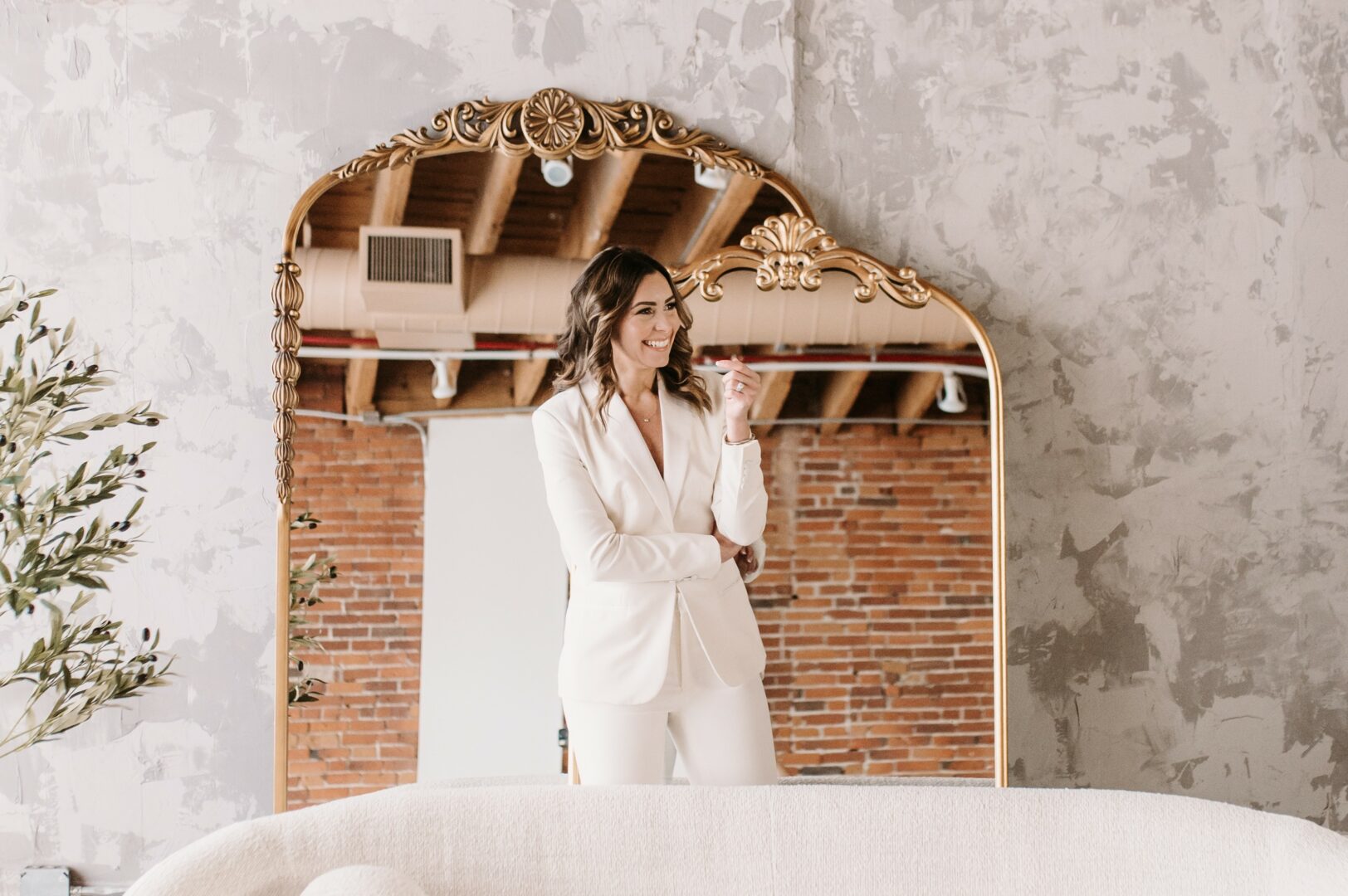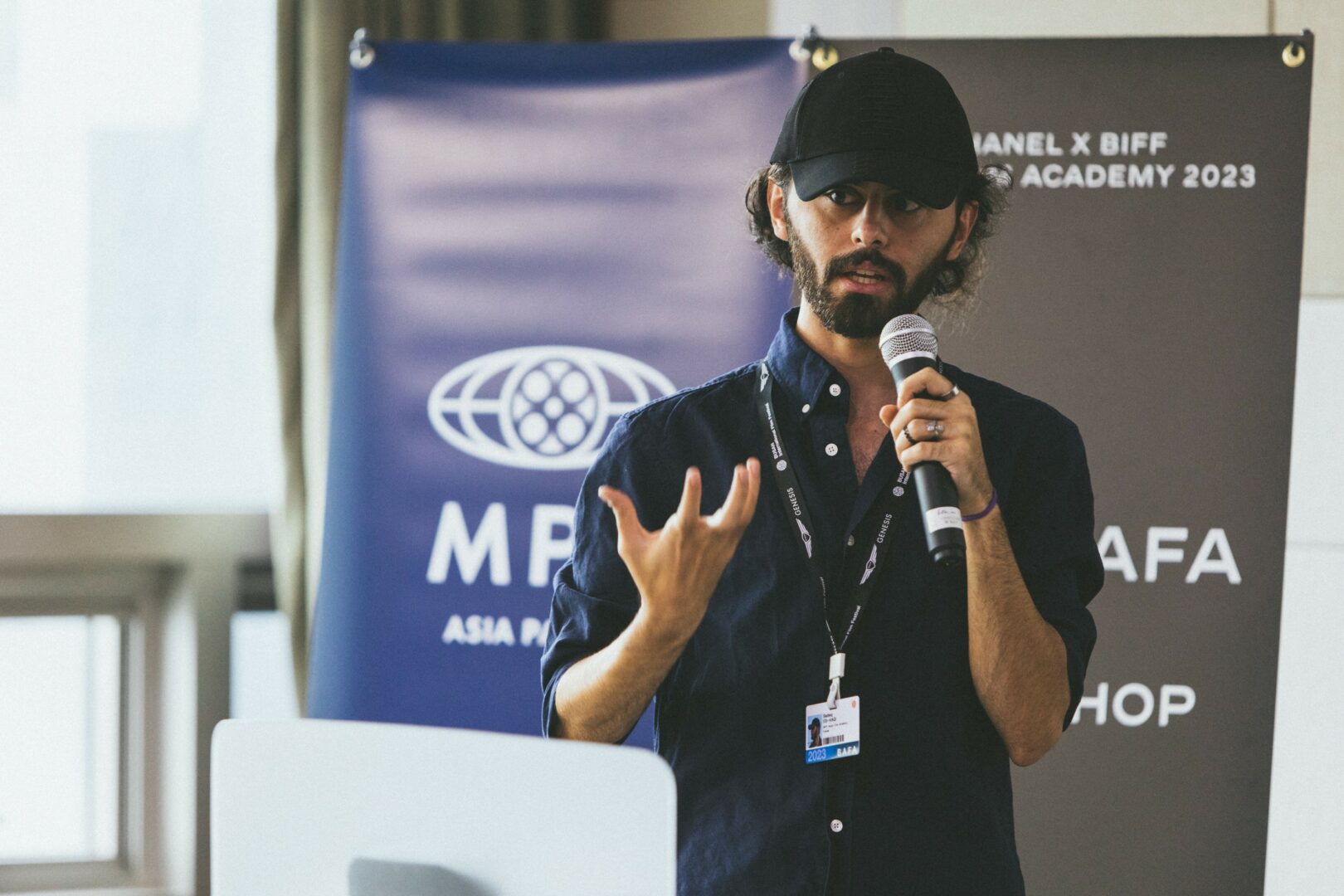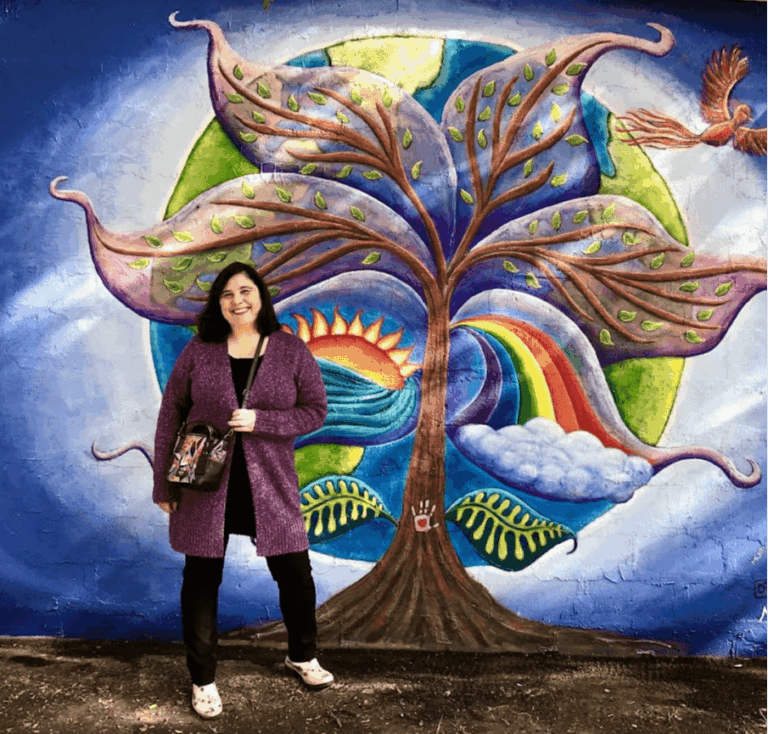We were lucky to catch up with Teresa Crowder recently and have shared our conversation below.
Teresa, looking forward to learning from your journey. You’ve got an amazing story and before we dive into that, let’s start with an important building block. Where do you get your work ethic from?
My work ethic comes from absolutely loving what I do. It comes from knowing that, even if what I happen to produce on any given day isn’t what I want it to be, I learn something every time I get into the studio. I have stacks and stacks of work that is just mine, that nobody else will ever see. But, in each of those discards, I can still remember what I was aiming for — and one of these days, something about an old piece will come back around, I’ll use it again, and it will pay off. But the key is to be really disciplined about finding the time, no matter what else is going on, to get in the studio and open up to what might be percolating. And then let it happen.


Appreciate the insights and wisdom. Before we dig deeper and ask you about the skills that matter and more, maybe you can tell our readers about yourself?
I am a self-taught artist and have been painting most of my life. I grew up in Miami back when Miami was still a pretty wild and unspoiled place, so I grew up surrounded by nature — the ocean, the Everglades, mangrove forests, colorful tropical birds, trees and plants. These are the things that inform my work to this day. Very few things make me happier than to be out in the wild, a little bit lost, hoping to stumble upon some cool skeleton or an interesting rock or fossil.
I moved to Atlanta to go to school and, after graduating from Emory University with a degree in English, have lived and worked here ever since. I began working mainly in acrylics and watercolors, but quickly began using found objects, as well as materials such as paper and fabric, sticks and rusted metal, in my pieces. When you place a shiny piece of gold paper next to a rusty hunk of chicken wire, a strange alchemy takes place and both are somehow changed. I try very hard not to censor my impulses and not to be afraid to try anything — from developing a new process that seems a little crazy to throwing in a color that seems a bit odd.
So, during the pandemic lockdown in 2020, I decided to stretch and began to work in clay. The imposed isolation gave me time for a lot of trial and error — time to create and develop methods for collecting, processing, and sculpting in clay on board. While I love pottery and the processes involved in making it, I became much more interested in figuring out how to paint with clay and find a way to make the clay adhere to board so that, instead of creating pottery, I could create sculpted paintings.
I began sourcing all my own clay from rivers, swamps, and kaolin pits, always searching for new colors of natural clay. It’s all around us, and the colors are rich — from the white kaolin and beautiful veins of purple near Milledgeville, Georgia, to the saffron-colored clay of the Yellow River. From the grey clay in the marshes of St. Helena Island, South Carolina, and Cedar Key, Florida, to the red stuff in my own back yard.
As clay emerges from its natural habitat, it is alive — it’s sticky and it breathes and makes sounds. It is the accretion of millions of years of life, and it holds the spirits of all the organisms, trees, animals, and ancestors that have lived and died to create it over the centuries. To finish a wet piece and watch as, over hours and days, it moves and changes and cracks, taking on its final form as it dries, is the most fascinating part of the process.
I’m not sure where my work will take me from here, but that’s what I love about it — I chose a long time ago not to tie myself to one process or style, so new discoveries and fresh impressions will continue to inspire me and take my work in new directions.


If you had to pick three qualities that are most important to develop, which three would you say matter most?
I don’t know that I’m qualified to give anybody advice, but here are three things that have helped me through all the ups and downs:
1. Not being afraid to fail. I will try anything. For someone starting out — don’t be afraid to experiment and don’t be afraid to fail because that’s how you learn, mostly, what doesn’t work and then, quite amazingly sometimes, what does.
2. The ability to enjoy the journey and realize that there is no finish line. The constant evolution is what keeps it fun and interesting. I think artists are like junkies looking for their next fix — there’s a place you get to sometimes where a painting is just flowing and working and it feels amazing. But, there are also days where everything you touch looks brown and awful and your painter’s block is real. That’s OK because you remember the high and you’ll come back and try again. For someone early in their journey, my advice is to never give up. Chase the high.
3. I trust my own vision. I realize that I see the world in a slightly different way than other people do, but don’t we all? My advice for someone coming up is to follow your own heart and instincts. Don’t try to copy somebody else, because your vision is yours alone, nobody else has it, and nobody else can do what you do.


What is the biggest challenge you are facing as an artist?
The biggest challenge I’m facing right now, as always, is my perpetual lack of space. I work in my home studio, which is the same space I’ve been in for almost 25 years. A lot of my work tends to be quite large and I also drag a lot of materials in — paper, cloth, hunks of rusty metal. So, over time, the workable space has gotten smaller. I have finished pieces stacked in piles and lined up against every wall, so any wrong movement can create a landslide, or at least cause something to hit the floor. It’s an interesting challenge, though, because the minute I walk into my studio, I feel 100% at ease — more comfortable than I feel anywhere else in the world. It’s really important to me to have that feeling exist in the heart of my home. I’ve considered buying or renting a larger studio space, but, as a life-long insomniac, to able to go in, turn on the lights, and work at 2 a.m. if I feel like it is worth the tight squeeze.
Contact Info:
- Website: www.teresacrowder.com


so if you or someone you know deserves recognition please let us know here.




